Solar Power to Light Up Coal Mining Museum
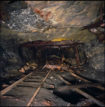
Kinda ironic, eh? Old jobs lost / new jobs created.
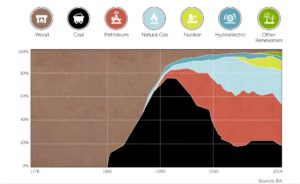
Don’t get me wrong. Around the turn of the 20th century, coal supplied nearly 80% of all U.S. power. Miners back then were nearly a million strong; today, about 77k.
In certain of its forms, it remains necessary. But, “mining” by mountain topping (blowing up the mountain top “overburden” for access to coal seams) defiles nature in a hopelessly irretrievable way.
Coal as fuel for power plants? Thankfully, the market seems to be taking care of that so GHGs are being lessened by the use of cheaper, less-polluting natural gas instead. Asthmatics, suffering from dirty air, and our youngest people whose respiratory systems are still developing, may go on breathing with a bit less difficulty.
About the museum
“Tucked into a holler of Harlan County – the heart of Kentucky mining country – is a museum dedicated to all aspects of extracting coal from the state’s mountains,” begins a Washington Post story last weekend. The museum is called The Kentucky Coal Mining Museum.
Benham, KY, a so-called coal camp town, where it’s presently sunny and 78°F as I write, is the host of this museum which is situated on Main St. next to City Hall. Benham is located in the southeast corner of the state, bordering NC.
Enter renewable energy
The installation of an approximately 80-panel solar PV system was started last week atop the museum’s roof.
“‘We believe that this project will help save at least $8,000 to $10,000 off the energy costs on this building alone,'” an official of museum owner Southeast Kentucky Community and Technical College told local station WYMT-TV. Philanthropic donations are covering the estimated $400-500k cost. (That would to panels plus a bunch of roofing work, I’m guessing.)
The maximum of 60 watts output from the PV array should cover roughly a third of the average monthly electric bill. Any excess power generated will be redistributed to the grid. So, the local utility is cooperating…
“The museum will offer anyone passing through Kentucky a glimpse into an industry that help define part of America. Only it will be looking to the sky, rather than in the earth, to light the way,” concludes Post writer Travis Andrews.
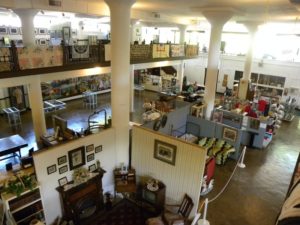
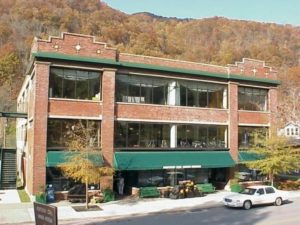 OBTW, the museum has an exhibit dedicated to country music singer-songwriter Loretta Lynn whose repertoire includes the memorable “Coal Miner’s Daughter”. She was born in Butcher Hollow, KY, a 2-hour drive north of Benham. (Lynn once famously said about her rocky 50-year marriage, “he never hit me one time that I didn’t hit him back twice”.)
OBTW, the museum has an exhibit dedicated to country music singer-songwriter Loretta Lynn whose repertoire includes the memorable “Coal Miner’s Daughter”. She was born in Butcher Hollow, KY, a 2-hour drive north of Benham. (Lynn once famously said about her rocky 50-year marriage, “he never hit me one time that I didn’t hit him back twice”.)
A localized after-effect
These are some of the most dangerous environments you will ever encounter. Never access an abandoned mine of any sort without the proper training, people, equipment, and procedures in place. Mines were not designed to last for centuries, yet many were built hundreds of years ago leaving perilous conditions behind. Unstable rock, old rotted timber supports and ladders, unexpected drops (winzes), sudden roof collapses, invisible (flammable) gases, rattlesnakes and being buried alive are very real possibilities among many others. Deadly flammable gasses and black damp are of special concern in coal mines, in addition to the already formidable list of dangers mentioned above. Barometric changes above ground can cause the airflow underground to change, moving bad air into the area you are, or were; making escape impossible.
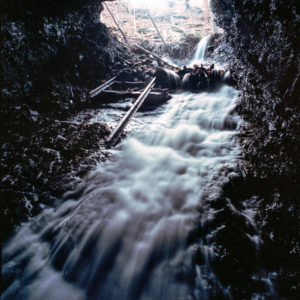
![]()